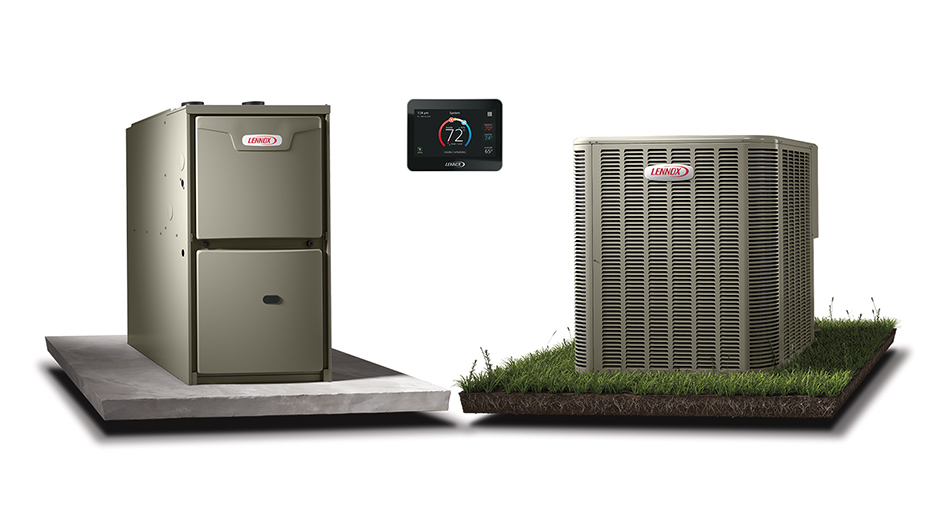
The concept of using both a furnace and heat pump can seem somewhat odd at first. After all, why would you need two sources of heat? While furnaces and heat pumps both offer energy-efficient heat, the changes in their design genuinely make using both of them a viable option. It’s not for all of us, but under the right conditions you will absolutely benefit from using a furnace and a heat pump.
You should consider several factors in order to decide if this type of setup helps you. Your local climate and the dimensions of your home are both especially important, especially for the heat pump. This is because multiple models of heat pumps will run less efficiently in colder weather and large homes. Even so, you can still reap the benefits of heat pump installation in Norco and surrounding parishes.
Heat Pumps Might Be Less Efficient in Colder Weather
Heat pumps are commonly less efficient in colder weather because of how they provide climate control in the first place. Unlike furnaces, which combust fuel to create heat, a heat pump reverses its flow of refrigerant to pull heat from outdoor air. This heat is then pulled inside and distributed throughout your home. Assuming there is still some heat energy in the air, a heat pump should function. But the colder the temperature, the less effective this process is.
The less heat energy is available outside, the more time is needed for a heat pump to bring heat indoors to maintain your preferred temperature. It might depend on the specific make and model, but heat pumps may start to lose efficiency at temperatures of 40 degrees and below. They can still be an energy-efficient option until 20-25 degrees, at which point a gas furnace should be more effective.
What Temperatures Do Heat Pumps Perform Best In?
Heat pumps function best in moderate climates 40 degrees and up. That said, you don’t have to miss out on the benefits of a heat pump just because the local climate is cold. As a matter of fact, that’s why installing both a furnace and heat pump might be worth the expense. You can keep the heat pump for energy-efficient heat until the weather is chilly enough to justify switching to something like a gas furnace.
Some makes and models boast greater efficiency in winter weather. For example, the Lennox MLA heat pump is capable of running at 100% capacity at 0°F. It can even remain functional in temperatures as low as -22°F. For optimal energy efficiency, you’ll likely still want to switch to the furnace in especially cold weather.
So Should I Get a Heat Pump if I Have a Gas Furnace?
If you’re thinking about maintaining the most energy-efficient HVAC system achievable, owning a heat pump and gas furnace at the same time deserves the investment. Not only is a dual-heating system flexible, but it features other perks including:
- Dependable backup heating – A redundant heating system means even if one stops working, you still have the means to heat your home. It might not be the most energy efficient, but it’s better than having an unheated home while you sit around for repairs.
- Lower energy costs – The ability to select which heating system you use based on the highest energy efficiency decreases your total costs. Smaller heating bills over the life of these heaters can really add up to lots of savings.
- Less strain on both systems – Instead of running one system all winter long, heating duties are separated between the furnace and heat pump. Crucial components may survive longer as they’re not under continuous use.
If you’re still hesitant about heat pump installation in Norco and surrounding parishes, don’t hesitate to reach out to your local certified technicians. They can review your home’s comfort needs and help you decide if a dual-heating HVAC system is the ideal option.



